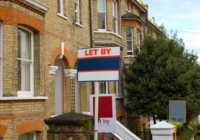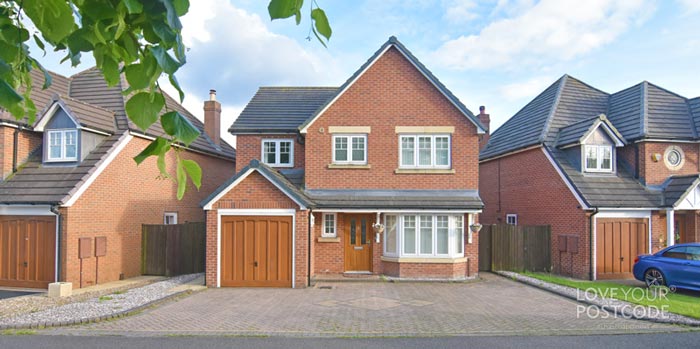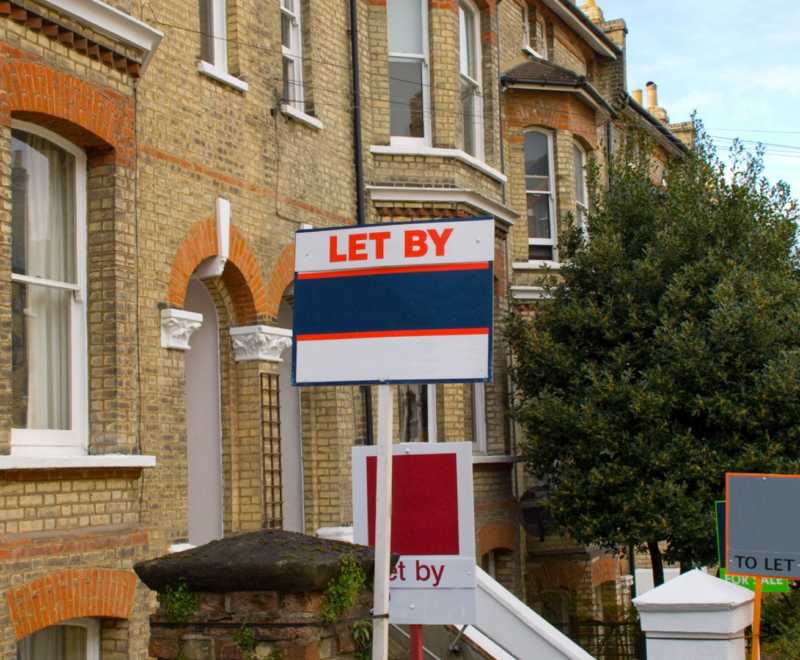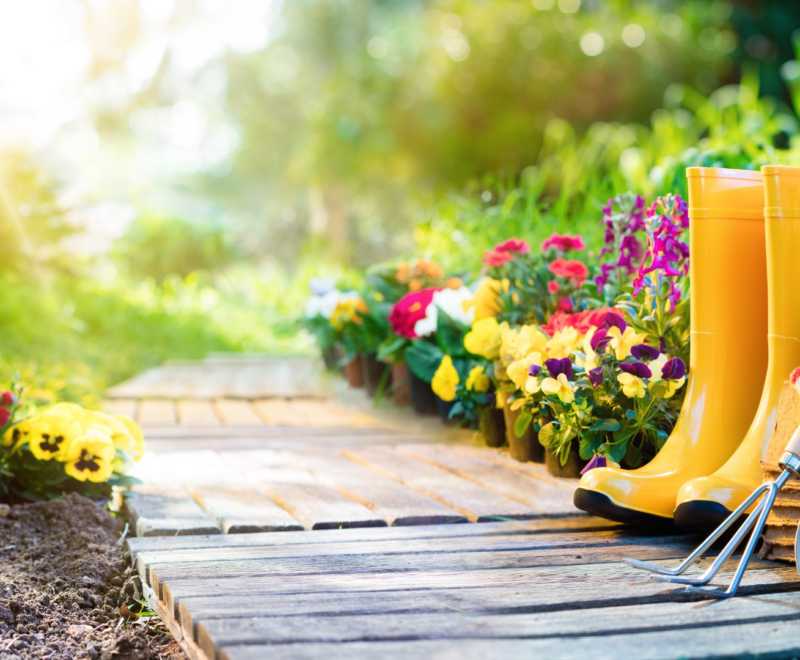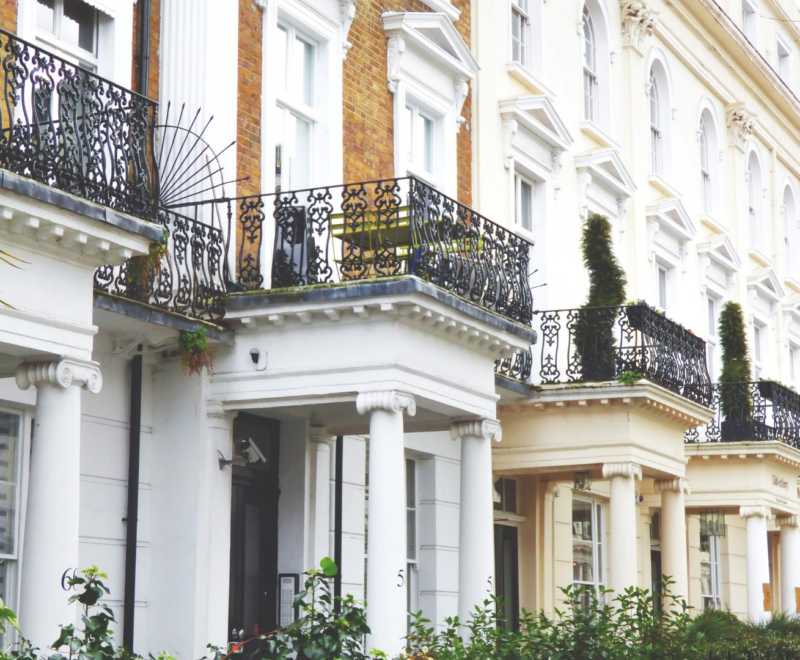What’s the difference between leasehold and freehold? There are 23.36 million properties in England and Wales with 64% being owner occupied and 36% being rented either from a private landlord, local authority or housing association.
Over nine out of ten of those English and Welsh owner-occupied properties are a whole house or bungalow. Now, most people would assume they would be freehold – however, of those renting nearly half of rental properties, 44% to be precise, lived in other leasehold apartments and flats.
But what does it actually mean for a property to be leasehold?
When someone owns the freehold of a property they own it outright, including the land it is built on, whilst with a leasehold property, the leaseholder owns the property for the length of their lease agreement. Leaseholders must pay the person who owns land (the freeholder) ground rent and other fees.
When the leasehold ends, ownership returns to the freeholder although the leaseholder can extend the lease or they can buy the freeholder out, but there are rules and regulations with regards doing that.
If you’re thinking of moving home or letting a property, conducting a property valuation is an essential step in the process. Look at what’s sold recently and you too can estimate your home value.
Therefore, it would be safe to assume that houses are freehold and flats are leasehold .. wouldn’t it? Not necessarily! Most houses are freehold but some might be leasehold – usually through shared-ownership schemes – but more and more new homes builders are selling houses on a leasehold as well. The protection of the law afforded to leaseholders who own a flat is massive, but sadly lacking to leasehold houses sold privately.
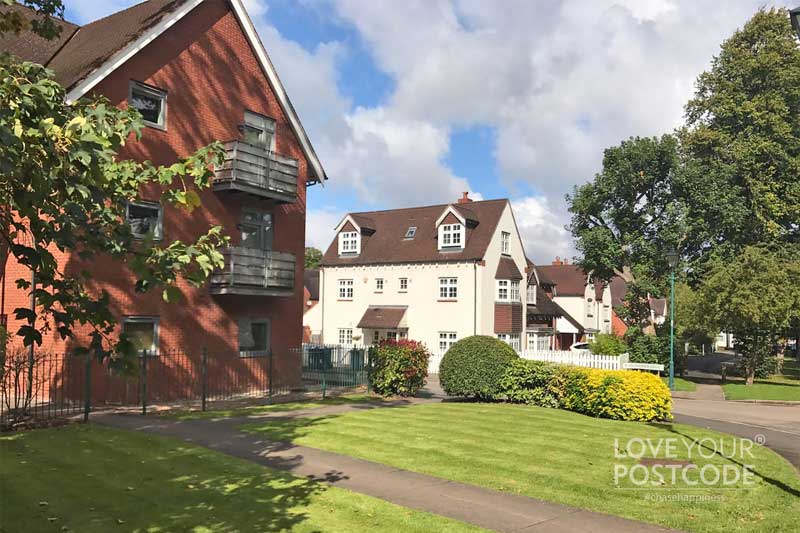
What are the different forms of home ownership?
There are two fundamentally different forms of legal ownership: freehold and leasehold. Many people who don’t sort this out when they buy a home, getting it wrong can be hugely expensive.
What is freehold?
If you own the freehold, it means that you own the building and the land it stands on outright, in perpetuity. It is your name in the land registry as “freeholder”, owning the “title absolute”. Freehold is pretty much always the preferred option for a buyer.
What is leasehold?
Leasehold means that you just have a lease from the freeholder, sometimes called the landlord, to use the home for a number of years. This tells you how many years you’ll own the property. Ownership of the property returns to the landlord when the lease comes to an end.
Leaseholder rights and responsibilities
Your responsibilities
Your lease will tell you what conditions you’ve agreed to, for example:
- if you need permission to make alterations
- how much you’ll have to pay to maintain the property
- whether you or your landlord has responsibility for repairs and dealing with noisy neighbours
You have the right to:
- get information about service charges or insurance
- know the landlord’s (freeholder’s) name and address
- be consulted about certain maintenance and running costs
- challenge certain charges under some circumstances
Building insurance
Your landlord will usually be responsible for insurance of the building (not the contents) – this will be part of your service charge.
You have a right to: ask for a summary of the insurance policy and challenge the cost through a tribunal if you think it’s unreasonable
If you are buying a new home and it’s a house (i.e. not a flat) – please check very carefully indeed whether its freehold or leasehold. If it is a leasehold, whilst you do have rights, they are not as strong as for those people buying a freehold property.
Unsure about how the leasehold details of a property your buyer, or want to know more about what leasehold means? Get in contact with us today.
By
